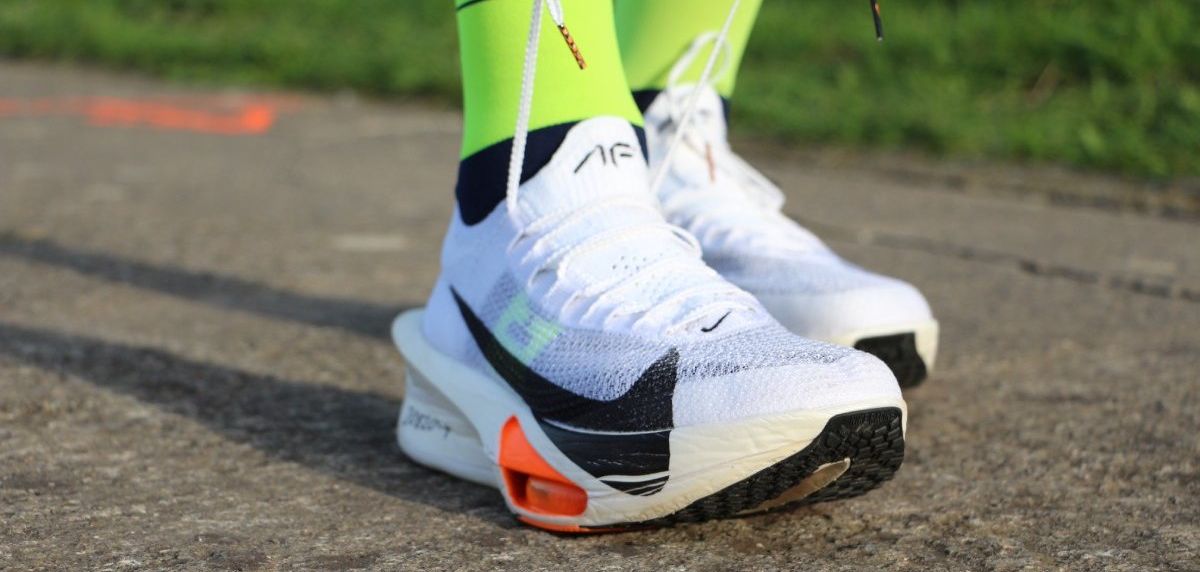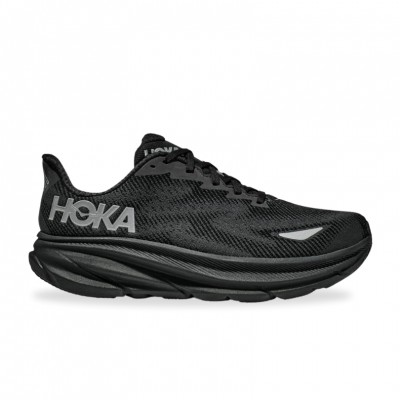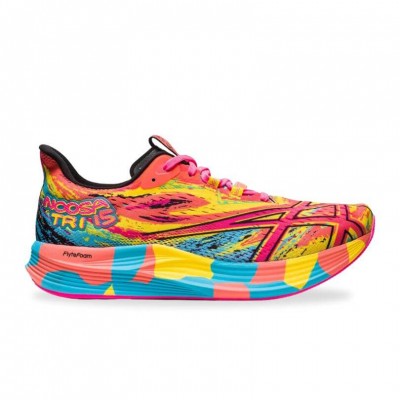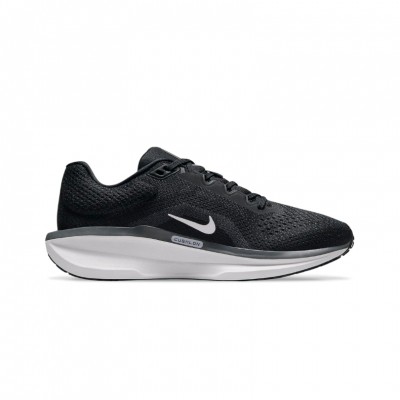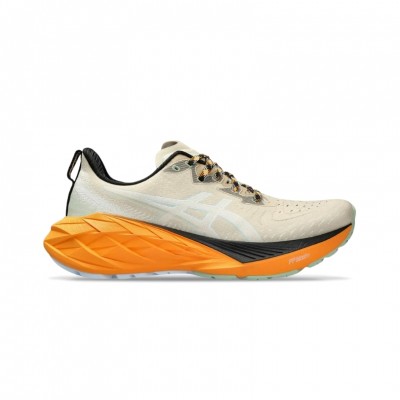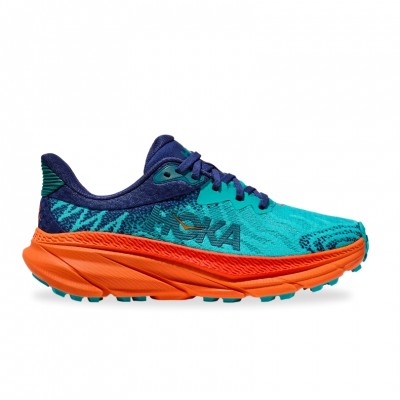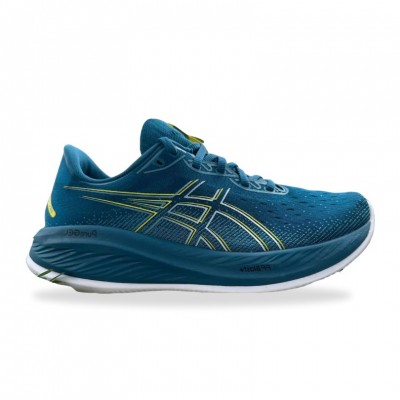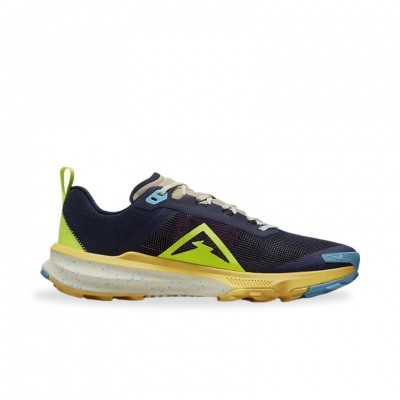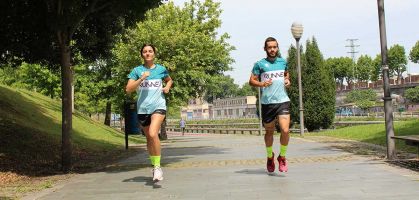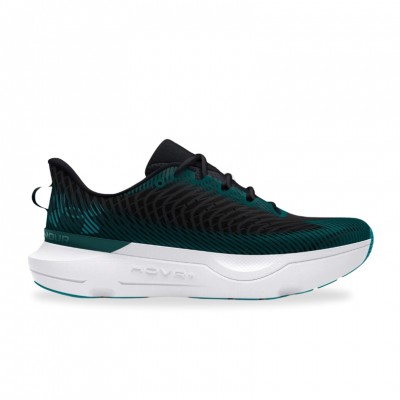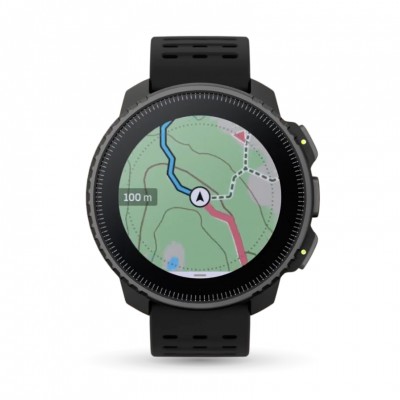It may not seem very ethical, that from RUNNEA, who help non-professional athletes to find the best sports equipment for their characteristics, we tell you that it is not enough to have just one pair of running shoes. But I promise that in this article I won't just tell you to buy new shoes: I will explain why changing up your shoes can minimise the risk of injury, and can help you improve your technique. Running is an impact sport: it applies continuous forces for which our body is prepared. But when our training is focused on performance, when we prepare for a medium or long distance event, when we combine gentle runs with quality sessions, things change.
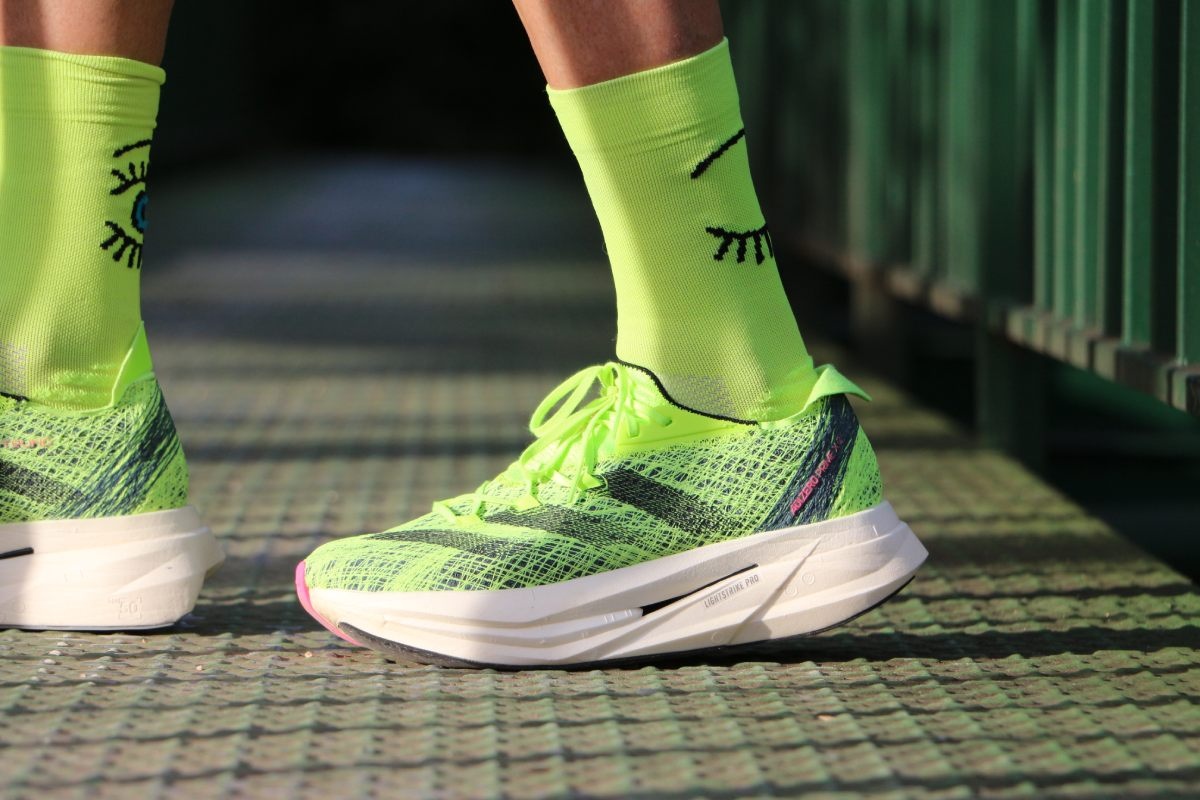
Benefits of having various pairs of trainers
If you're an athlete, mixing up your running shoes is no longer a matter of fashion or a whim: it is a strategy that also has the support of science. Different scientific publications, such as one published in the "Scandinavian Journal of Medicine & Science in Sports", showed that runners who use different pairs of shoes reduced the risk of injury by 39%.
The concept is simple but effective: by alternating between different pairs of shoes, you expose your feet and legs to variations in cushioning, support and biomechanics. This change prevents monotony in movement patterns, and also distributes stress more evenly across different muscles and tendons. Overloading and repetitive wear and tear, which often leads to injury, is avoided.
What's interesting about these publications is that they didn't just put the focus on professional runners. It's also true for amateurs. In addition, keeping your running shoes on rotation is going to encourage wider adaptability in different running conditions and surfaces. This way, you will be better prepared if you decide to combine training on tarmac, dirt tracks, roads, or even mountains.
Not sure which running shoe to choose?
In a few simple steps we help you to choose the ideal running shoe for you
Go to the Shoe FinderInjury reduction
None of us want to get injured. 3 physiotherapy sessions cost as much as a new pair of running shoes. But we don't want to put physiotherapists out of work: we want to help you reduce your injury visits. Wearing more than one pair of running shoes can be part of a strategy to minimise the risk of injury. How? Different designs and levels of cushioning in shoes slightly alter the way the foot strikes the ground. This subtle change in foot strike dynamics reduces stress on specific injury-prone areas, such as the knee, soleus, and the Achilles tendon.
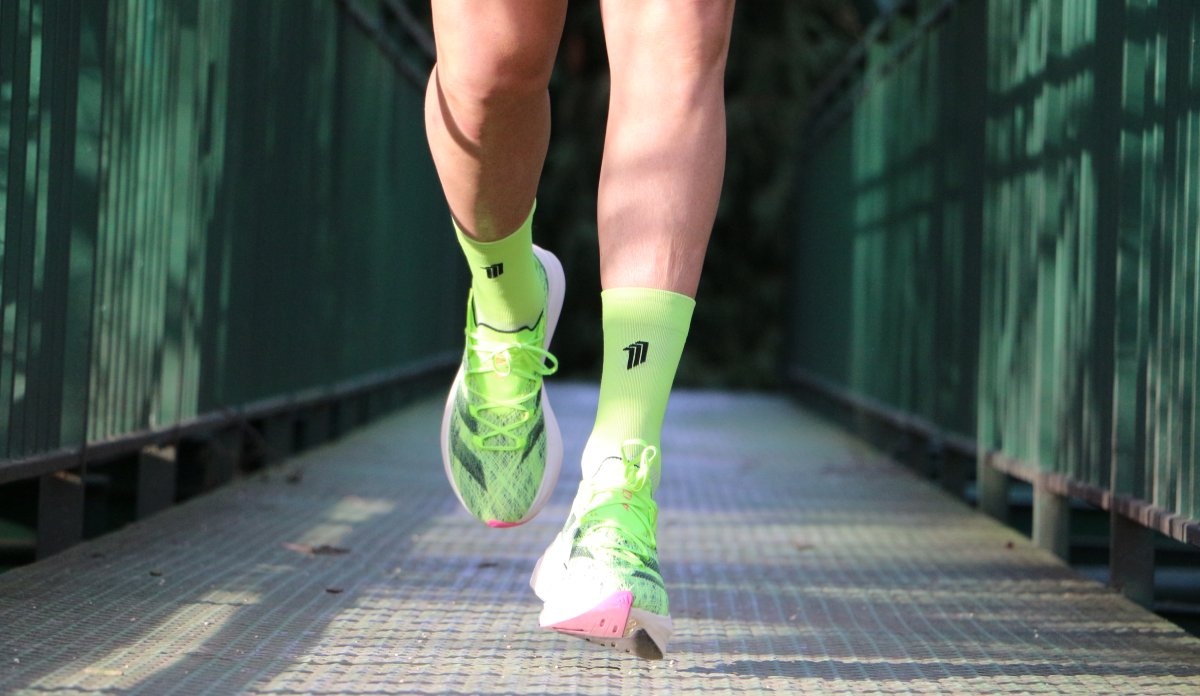
The study mentioned above highlights this advantage by observing that runners who switched their shoes not only suffered fewer injuries, but also experienced faster recovery from minor discomfort. In addition, regular switching between different types of shoes helps improve foot strength and flexibility, contributing to a more natural and efficient running form.
Impact of variation on runners' health
As we have already seen, variation in running shoes not only prevents injuries; it also promotes more balanced muscle development and improved running technique. Different models offer different features: You know that there are shoes for almost every type of training. Some are better suited for speed, others for stability, and others for long-distance running.
Each pair of shoes imposes a unique pattern of forces on the feet and legs. This variation prevents certain muscles from being overloaded, distributing the stress more evenly throughout the body. In the long run, this leads to more balanced muscle development and a reduced risk of strains and other injuries.
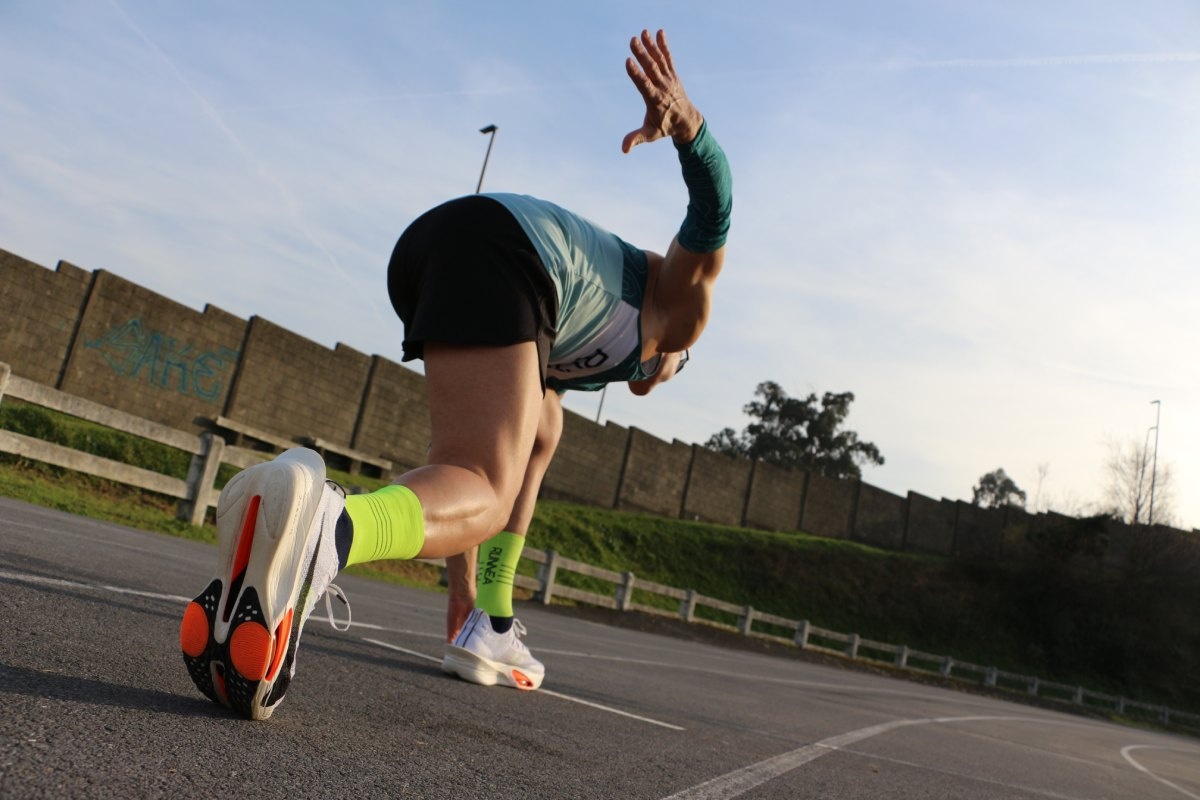
According to a study published in PLOS ONE, tailoring shoe characteristics to the functional needs of the runner can improve shoe comfort, enhance performance and reduce the risk of injuries. This study highlights that different levels of runners, from the most popular to the most experienced, have specific needs and goals that must be considered in the design of their shoes.
Running shoes incorporating multiple features such as forefoot flexion stiffness, midfoot stiffness or heel-to-toe drop, can be individually adjusted to modify shoes characteristics such as cushioning, stability and heel-to-toe transition. Different properties of these features are tailored to different levels of runners, emphasising that not all runners will benefit from the same shoes. In other words, a Nike Alphafly is not right for everyone.
RUNNING Advice
Cross-training is another important factor in injury prevention for non-professional runners. Activities such as cycling, swimming or pilates, perfectly complement running by working different muscle groups and improving overall flexibility and balance. These activities also allow the muscles used primarily in running to rest and recover, thus reducing the risk of injuries related to muscle fatigue and overtraining.
Shoes also need to recover
It's not just runners who need rest and recovery; shoes do too. Modern foams and cushioning technologies in running shoes need time to recover after each use. Alternating between different pairs allows each pair of shoes to "rest", thus recovering and maintaining their shape, efficiency and prolonging their lifespan. This practice also translates into more consistent and predictable shoes performance over time.
Another important question is: when is the right time to replace my running shoes? While there are many variables that influence the answer, a general rule of thumb is to consider how many miles you've done. We've talked about this before at RUNNEA: running shoes generally last between 500 and 800km. However, this figure can vary depending on factors such as running technique, terrain, weather, and the design of the shoe itself.
Shoes designed for racing, for example, tend to have a shorter lifespan due to the use of lightweight, specialized materials used in their manufacture. Trail running shoes, built to withstand rugged terrain, can last up to 1300km.
Read more news about: Running News
